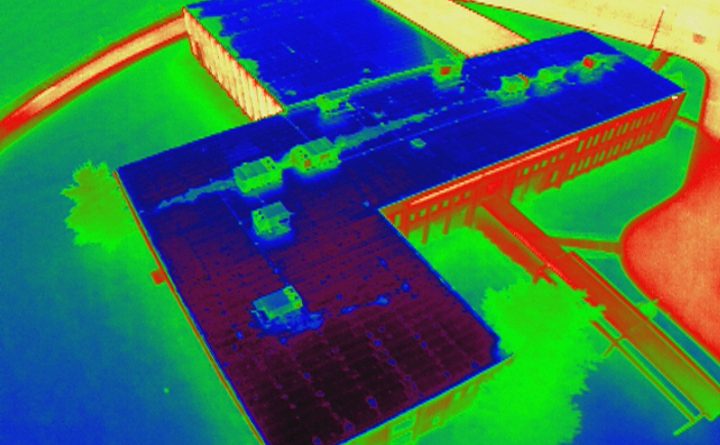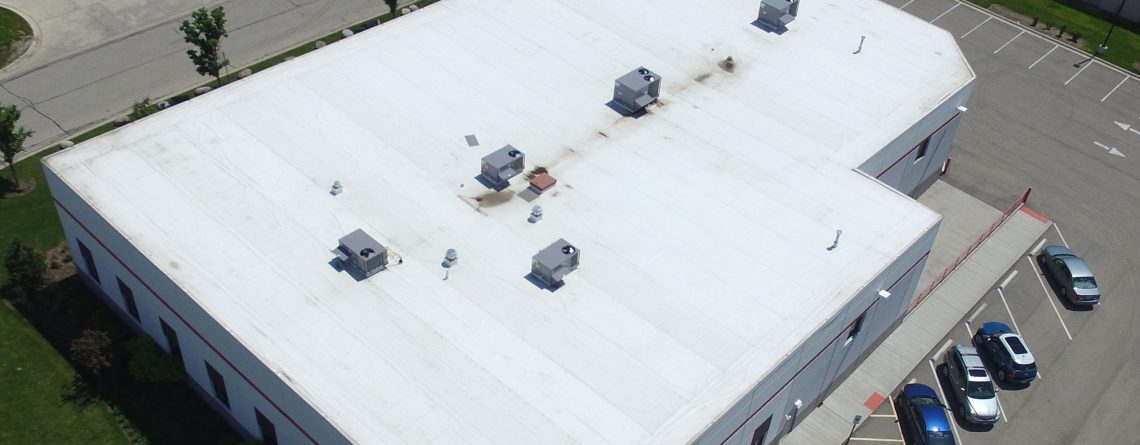ROOF CONSULTANT
When should I hire a Roof Consultant?
Never, if you want to make the mistake that so many others in your shoes have made. Understanding your roof system and have a professional make some decisions regarding that roof can go a long way in saving you money in the end. Also a lot of building owners, property managers, condominiums, apartments need the security of hiring a roof consultant.
What would a Roof Consultant do for me?
He should make a clear and concise assessment of your roof. He should know every component of the roof system from the deck to the top layer of roofing. There should be an explanation of how he got to the decision of picking the roof system he chose. Pictures are a must for explaining each item involved in the roof system. We at Drone Infrared Imaging, use a drone with a HD Camera to allow us to capture pictures and video to put in our presentation.
Specifications are probably the most important piece to the puzzle because it keeps everyone on the same page. How many times have we been in a position of making a decision based on three or four different types of roofing systems. This leaves us guessing which roof system will be best for our situation and it leaves the door wide open for massive price differences. If all contractors are bidding from the same specification then the price differences should be small. Roofing contractors tend to give better pricing if they know they are bidding the same system and are bidding against other who are doing the same.
The last piece is to decide on a roofing contractor to confirm their pricing and set up the project. The consultant can also be involve with the entire roof project to make sure things are getting done correctly. Aerial photography can be taken periodically to inform all involved where we are at in the progress of the roof project. Video Overview of a Roof Project
What about Roof Consultant pricing?
There are many price points which can be used. The consultant can just assess the roof system currently install to see if repair can be done which would be a low-cost item. Or they can be involved in the whole roof replacement process from start to finish relieving the burden of others having to take large amounts of time and energy out of our busy schedules. All price points will be available after an assessment of the project is done depending on how small or large the project is.

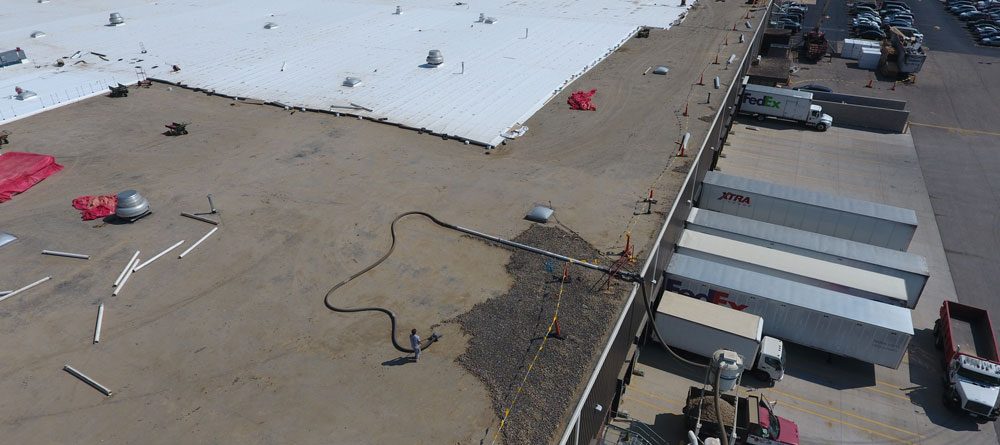
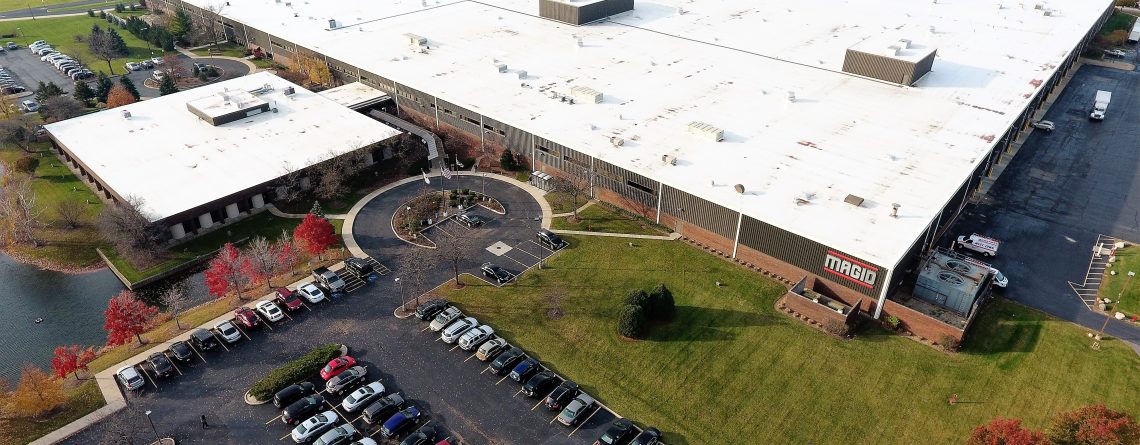
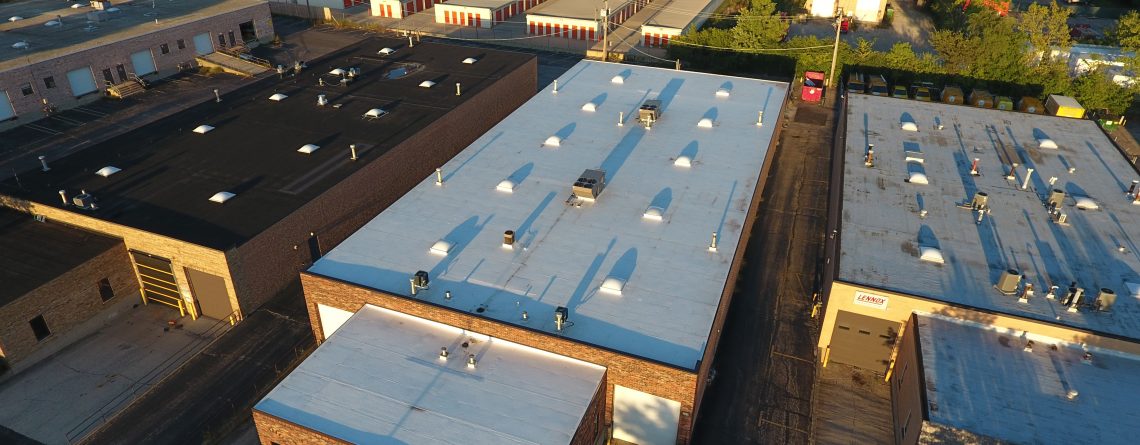
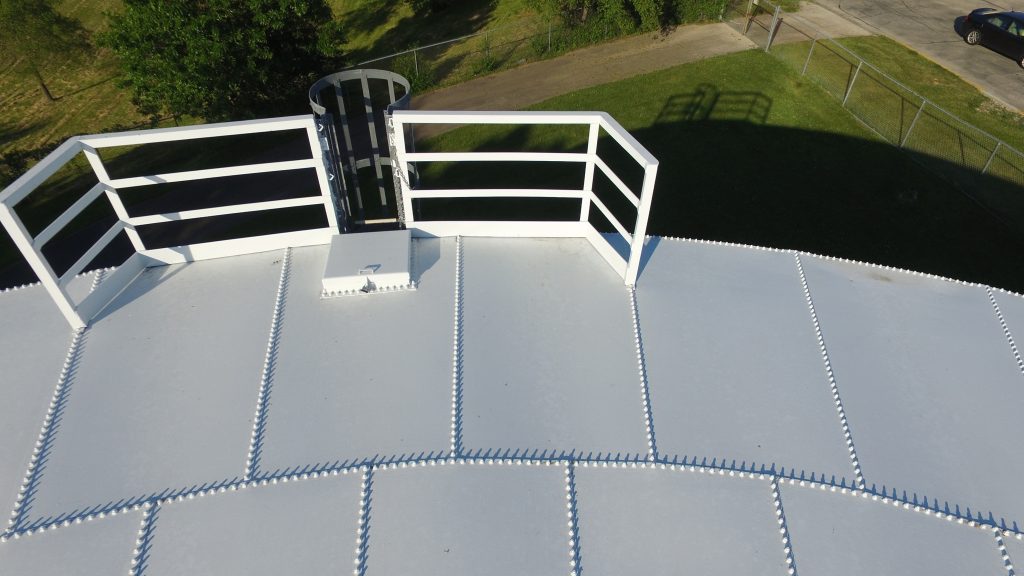
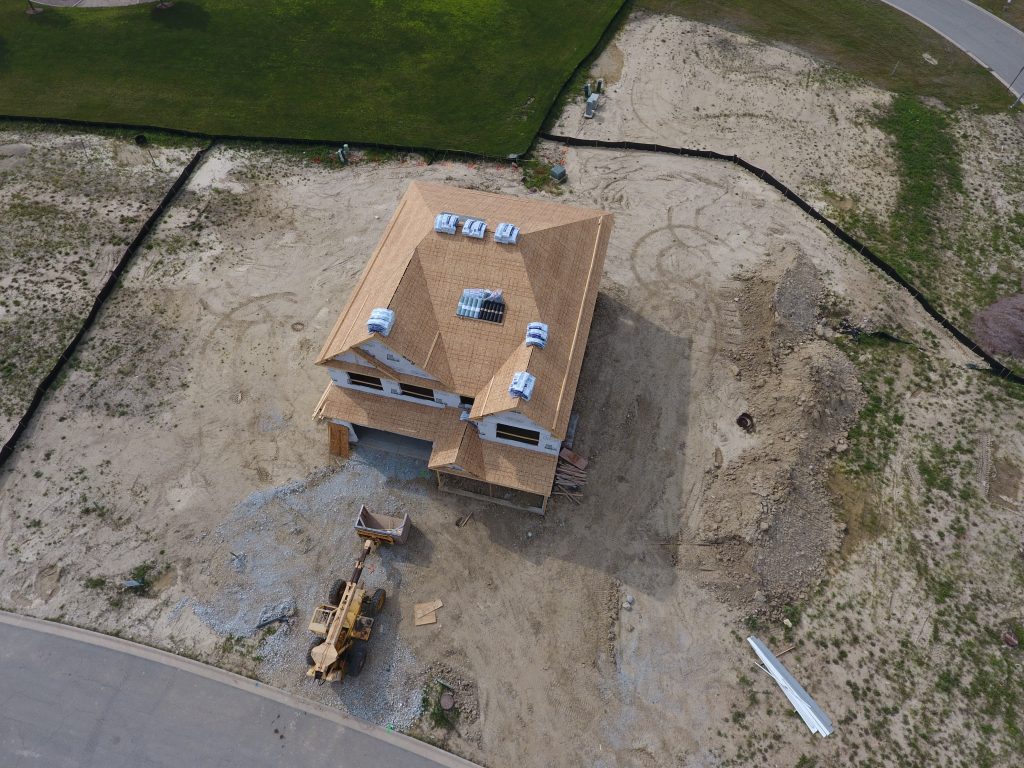
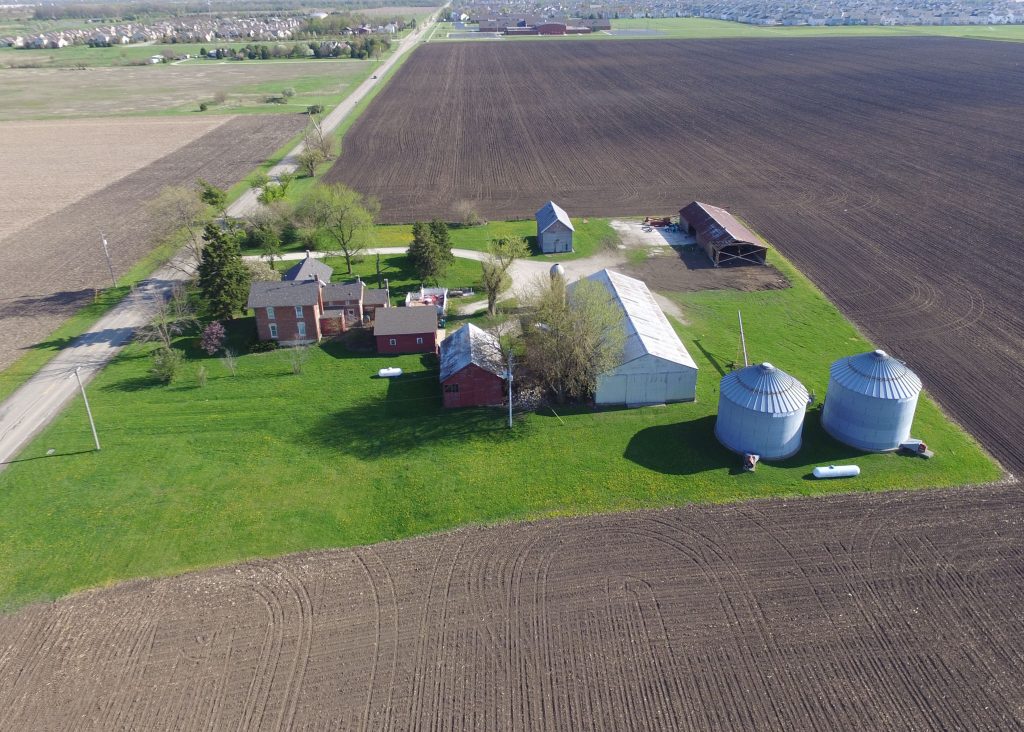
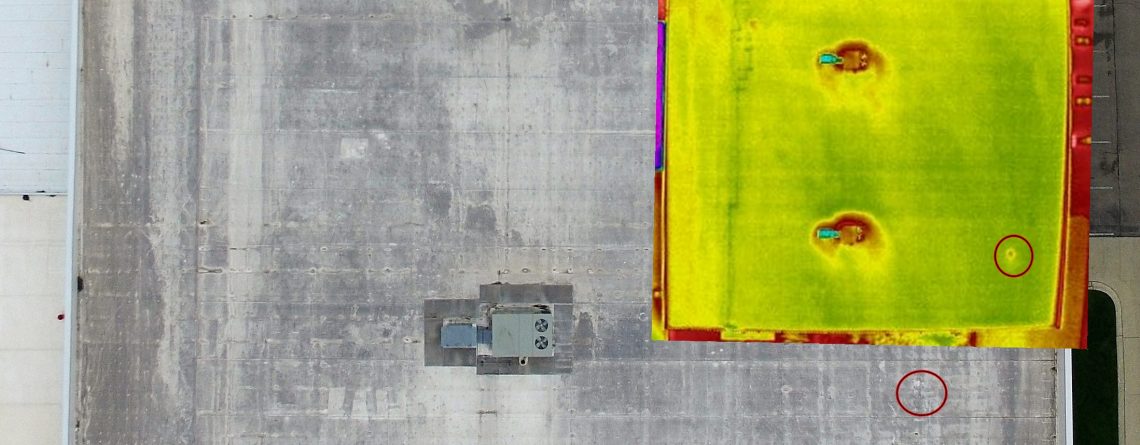
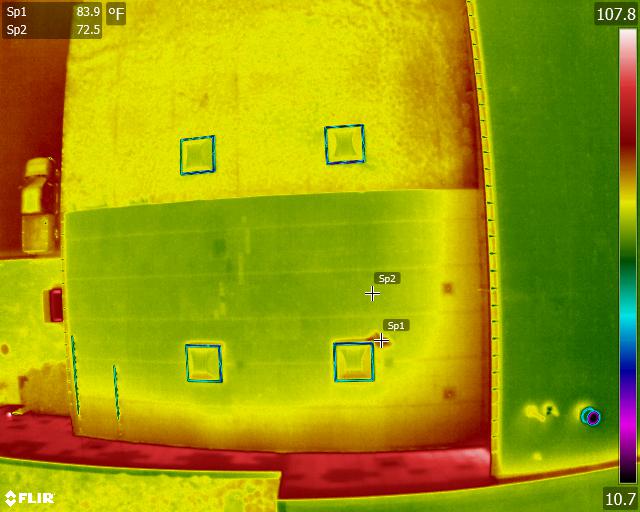
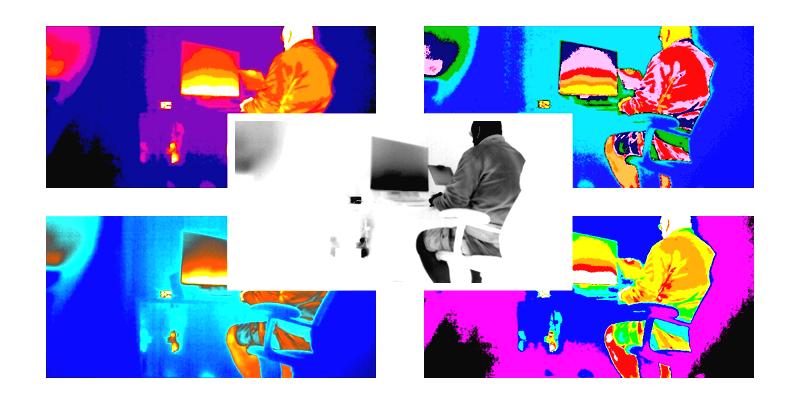
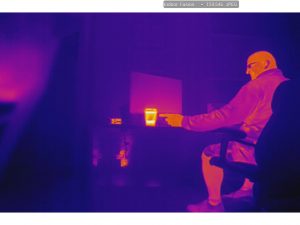
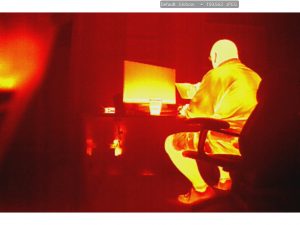
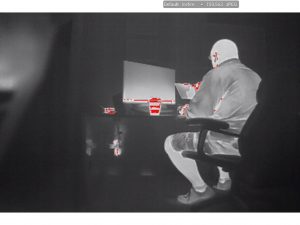
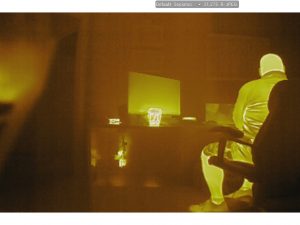

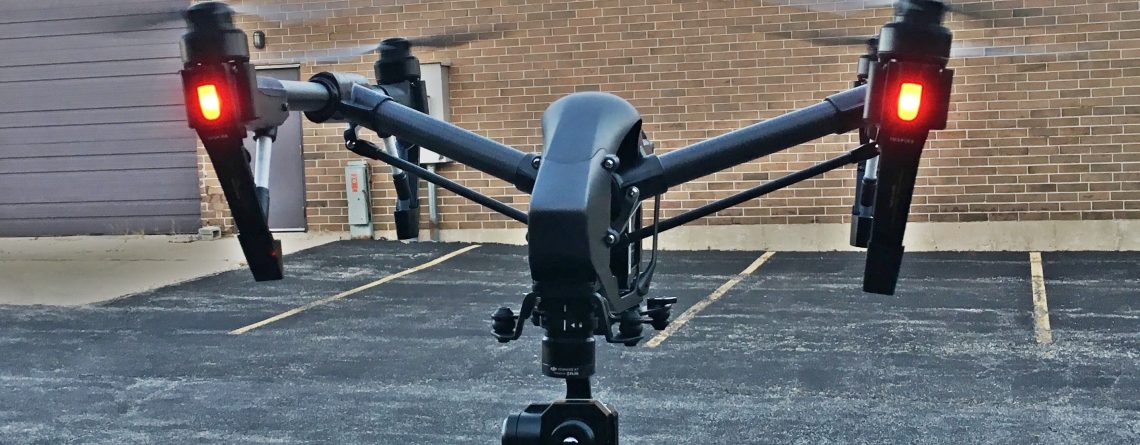
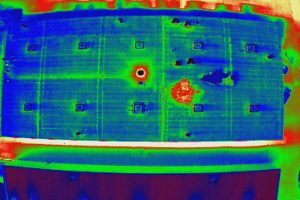
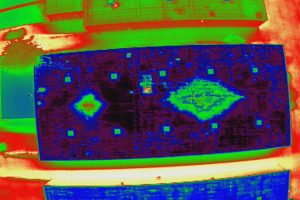 Airspace
Yes we have to share airspace. The above images were taken in Class D airspace. Because the airport has a Control Tower, they had to be contacted so we could get permission to fly. It is a little bit of a hassle to actually speak to the tower, however the overall process was quite painless. They gave permission and we were able to fly.
Airspace
Yes we have to share airspace. The above images were taken in Class D airspace. Because the airport has a Control Tower, they had to be contacted so we could get permission to fly. It is a little bit of a hassle to actually speak to the tower, however the overall process was quite painless. They gave permission and we were able to fly.
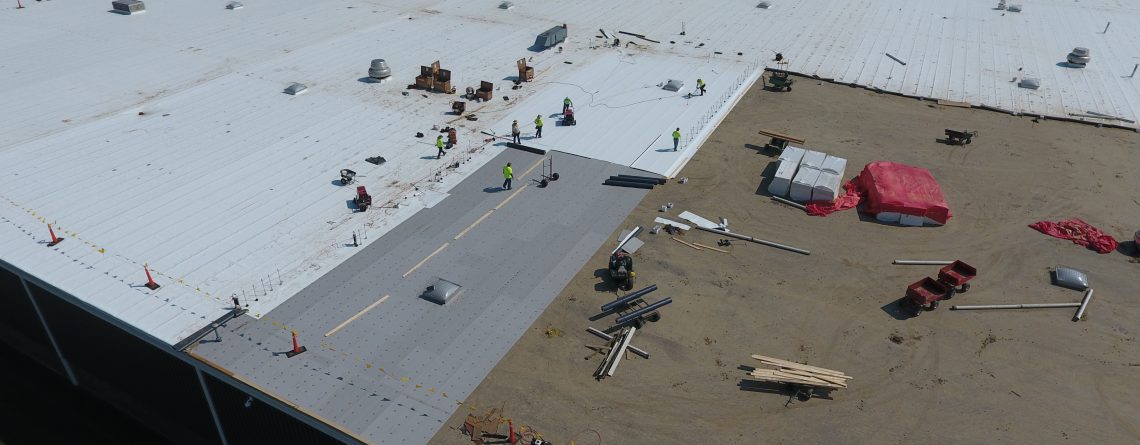
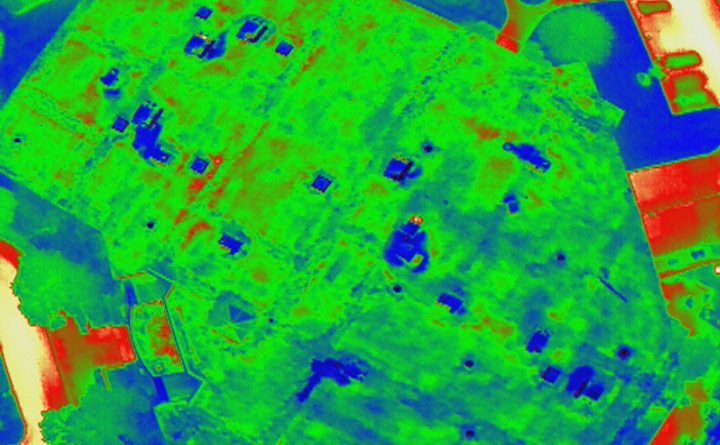
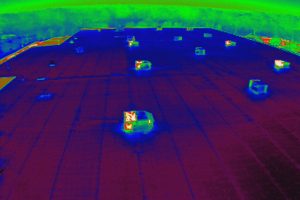 used on the same roof systems for repairs. Even tar that has bled through the gravel of a BUR roof system can cause hot spot. My point here is you need to know your membranes and the ambient heat that they produce.
used on the same roof systems for repairs. Even tar that has bled through the gravel of a BUR roof system can cause hot spot. My point here is you need to know your membranes and the ambient heat that they produce.
